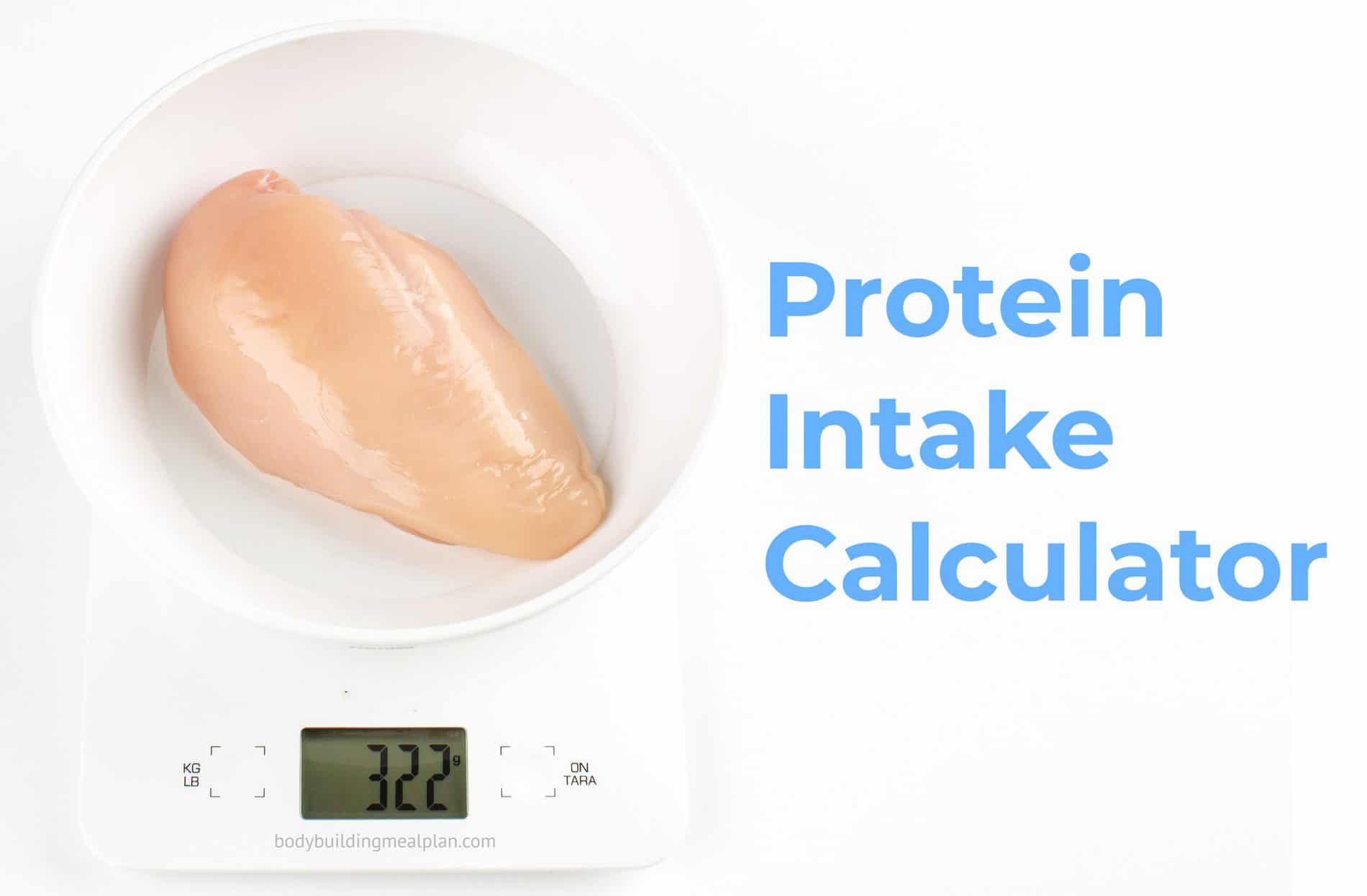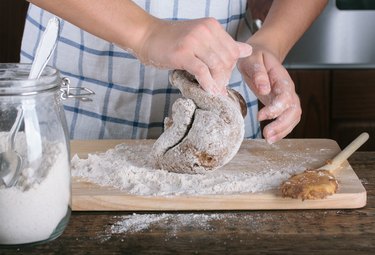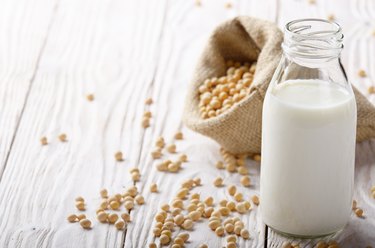Chicken breast is one of the most popular sources of lean protein. Many bodybuilders, athletes, and health-conscious individuals make it a staple in their diets. But how much protein is actually in a standard 5 ounce serving of chicken breast? In this comprehensive guide, we’ll break down the protein content in detail.
An Overview of Chicken Breast Protein
Chicken breast is prized for its high protein to calorie ratio. Protein is essential for building muscle, repairing tissue, and providing energy.
A 5 ounce serving of boneless skinless chicken breast contains around 31-35 grams of protein with only 3 grams of fat and zero carbs. This makes it an extremely efficient protein source.
Chicken breast protein accounts for about 80% of the total calories. The protein content is largely consistent between raw and cooked chicken. However, cooking does concentrate the protein slightly as moisture is lost.
Factors That Influence Chicken Breast Protein
While 5 ounces of chicken breast averages 31-35 grams of protein several factors can alter the exact amount
-
Cooking method Frying, grilling, baking don’t change total protein, but affect moisture content and concentration per ounce.
-
Raw vs cooked: Raw chicken has slightly less protein concentration than cooked.
-
Bone-in vs boneless: Bones displace edible meat, lowering protein per ounce.
-
Skin-on vs skinless: Skin contains fat, reducing % protein.
-
Water retention: Enhanced chicken retains more water, slightly lowering protein percentage.
-
Part of breast: Tenderloins have marginally less connective tissue.
-
Weight accuracy: Precise weighing gives a more exact protein measurement.
So the protein content can range from 29-44 grams depending on these variables.
Comparing Protein in 5 Ounces of Different Chicken Breast Types
Here’s a table summarizing how much protein is in 5 ounce portions of various chicken breast preparations:
| Chicken Breast Type | Protein (grams) |
|---|---|
| Raw, Boneless, Skinless | 31-35 |
| Cooked, Boneless, Skinless | 35-44 |
| Raw, Bone-In, Skin-On | 14-16 |
| Raw, Bone-In, Skinless | 16-18 |
| Raw, Skin-On, Deboned | 26-29 |
| Cooked, Skin-On, Deboned | 29-35 |
Key Takeaway: Boneless, skinless chicken breast has the most protein per 5 oz serving, followed by skin-on deboned breast.
Chicken Breast Protein Compared to Other Protein Sources
Here’s how the protein content of 5 ounces of chicken breast compares to other high protein foods:
-
Salmon: 25-30 grams protein
-
Firm Tofu: 20 grams protein
-
Ground Turkey: 22-25 grams protein
-
Beef Top Sirloin: 24-27 grams protein
-
Pork Tenderloin: 28-30 grams protein
-
Greek Yogurt: 17-20 grams protein
So boneless, skinless chicken breast generally edges out most other protein sources per 5 ounce portion. Fish like salmon provide omega-3s but slightly less protein.
How Big is a 5 Ounce Chicken Breast?
A 5 ounce chicken breast is around the size of a smartphone or deck of cards. An average whole chicken breast is 8-12 ounces. For context:
-
5 oz breast is roughly palm sized
-
8 oz breast is approximately hand sized
-
10-12 oz breast is considered extra large
When preparing chicken breast, use a food scale for accuracy. Don’t rely on visual estimation. Weighing post-cooking provides precision as well.
Measuring 5 Ounces of Chicken Without a Scale
If you don’t have a kitchen scale, here are some tips for getting 5 ounce portions:
-
Buy chicken breast packages in multiples of 5 ounces (10, 15, 20 oz)
-
Cook entire packages, then divide into equal portions
-
Over several meals, the approximated portions will balance out
-
After cooking, remember chicken loses ~25% weight from moisture loss
With practice and math, you can get very close to a 5 ounce portion without actually weighing it.
How to Get More Precise Protein Measurements
For the most accuracy, use the following best practices:
-
Always weigh chicken breast portions rather than estimating
-
Record weights in ounces or grams for precision
-
Weigh before and after cooking to account for moisture loss
-
Remove skin and bones before weighing for purity
-
Choose boneless, skinless breasts to eliminate fat & connective tissue
-
Use nutrition data for the specific brand of chicken consumed
Following these steps will give you the truest protein content in 5 ounces of chicken breast.
Health Benefits of Chicken Breast Protein
Beyond just muscle building, what are the health benefits of eating lean chicken breast protein?
-
Strengthens muscles and helps recovery after exercise
-
Provides essential amino acids that support metabolism
-
Boosts satiety and fullness, aiding weight management
-
Contains nutrients like B vitamins, selenium, phosphorus
-
Versatile and easy to add to salads, sandwiches, wraps, pasta dishes
-
Generally affordable compared to red meat and seafood sources
Chicken breast protein gives you the most bang for your buck while providing a nutritious, lean protein option.
Complementary Foods and Meals
To make delicious, well-rounded meals with chicken breast:
-
Pair with vegetables like broccoli, asparagus, spinach
-
Serve over a complex carb like quinoa, sweet potato or brown rice
-
Create salad with leafy greens, tomatoes, avocado
-
Make a wrap with veggies, hummus, feta cheese
-
Add to a bowl with rice, beans, salsa, guacamole
Chicken breast complements practically any healthy plant foods. Take advantage of its versatility.
FAQs about Chicken Breast Protein
Does cooking affect protein content?
No, total protein remains constant. However, cooking concentrates it slightly by reducing water.
Is chicken breast protein complete?
Yes, chicken contains all 9 essential amino acids that make up complete protein.
How many calories in 5 oz of chicken breast?
Around 150 calories, with 120 calories from protein and 30 calories from fat.
Can I eat just chicken breast for protein?
While very healthy, dietary variety is recommended. Rotate other protein sources like fish, yogurt, tofu.
Which has more protein, chicken breast or thigh?
Breast has slightly more protein than thigh when boneless and skinless. Breast is around 80% protein versus 70% in thigh.
The Takeaway on Chicken Breast Protein
A 5 ounce serving of boneless, skinless chicken breast contains 31-35 grams of high quality protein. Precise weighing, cooking method, and breast type can all impact the protein content. Overall chicken breast is an efficient, affordable protein source with versatility in meals and recipes. For maximum nutrition, enjoy it as part of a balanced diet.

Chicken Fillet Nutritional Information
In 2003, chicken became more popular than beef in the United States for the first time in a century, with the average American consuming 60 pounds annually. According to a market research study conducted at Oklahoma State University, the majority of this chicken is consumed in the form of boneless, skinless chicken breasts, often sold under the name chicken fillets.



One 4-ounce grilled chicken fillet contains:
- 164 calories
- 5.9 g fat
- 1 g saturated fat
- 77.1 mg cholesterol
- 496.7 mg sodium
- 2.7 g carbs
- 0.1 g fiber
- 0 g sugar
- 25.2 g protein
- 52% DV vitamin B3
- 13% DV vitamin B6
- 14% DV vitamin B2
Breaded Chicken Cutlet Calories and Nutrition
Chicken cutlets are a culinary blank canvas — you can cover them in sauce or breading or grill the cutlets and serve them on a sandwich. Chicken cutlets can also be suitable for a variety of diet plans, as they are low in fat and calories.
One 4-ounce breaded chicken cutlet contains the following, according to the USDA:
- 201 calories
- 5 g fat
- 2 g saturated fat
- 90.7 mg cholesterol
- 612.4 mg sodium
- 4 g carbs
- 0 g fiber
- 0 g sugar
- 32.1 g protein
About 68 percent of the calories in a breaded chicken cutlet comes from protein, 24 percent come from fat and the remainder from carbs. Consuming protein is vital for your health because it helps build and repair your bodys cells and tissues.
What Is a Chicken Cutlet?
Chicken cutlets are thin strips of meat from chicken breasts that can be used in a variety of recipes.
